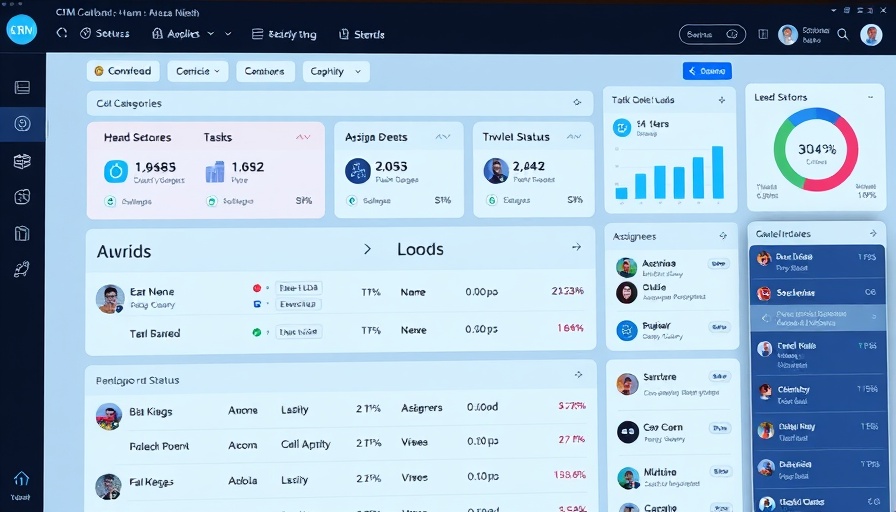
Unlocking Efficiency: The Role of OCR Software in Business
In the fast-paced world of business, every second counts, especially for companies generating between $2M and $10M in revenue. As these ventures look to scale operations, the significance of utilizing technology to enhance efficiency cannot be overstated. Optical Character Recognition (OCR) software emerges as a powerful ally in automating data extraction processes, enabling businesses to streamline workflows and focus on growth.
What is OCR Software and Why It Matters?
OCR software converts various types of documents, such as scanned paper documents, PDFs, or images captured by a digital camera, into editable and searchable data. For business owners, this technology is not just about converting documents; it’s about unlocking valuable information and improving productivity. By automating mundane data entry tasks, OCR software reduces human error and accelerates processes, allowing teams to channel their energy into strategic activities.
Top OCR Software Options to Consider
As we look towards 2025, several OCR software solutions stand out for their unique features and functionalities:
- ABBYY FineReader: Known for its high accuracy and comprehensive PDF tools, it's excellent for organizations that frequently deal with document-heavy workflows.
- Adobe Acrobat Pro DC: This industry-standard software integrates OCR capabilities with its PDF management suite, making it a favored choice among businesses.
- Tesseract: An open-source OCR engine perfect for businesses looking for a customizable solution without the hefty price tag.
- Microsoft OneNote: While primarily note-taking software, its built-in OCR functionality allows users to extract text from images effectively.
- Kofax Power PDF: Another robust option that combines OCR with excellent document management features to assist in smoother collaboration among teams.
Enhancing Business Processes with OCR
With the right OCR software, businesses can automate data collection from invoices, receipts, and other documents, which tremendously reduces administrative burdens. Implementing these tools encourages better project management, improves product development cycles, and enhances overall collaboration.
Actionable Insights for Implementation
To effectively implement OCR technology in your business, consider the following steps:
- Assess Your Needs: Identify specific processes that would benefit from automation.
- Choose the Right Tool: Evaluate different OCR solutions based on your requirements, budget, and existing systems.
- Train Your Team: Facilitate training sessions to ensure users are comfortable with the new software.
- Monitor and Optimize: Regularly review system performance and gather feedback for continuous improvement.
Next Steps: Don’t Miss Out on Efficiency
With advancing technology and the evolving landscape of business operations, integrating OCR software into your daily processes can simplify chaos and enhance productivity. As you develop your operational infrastructure, consider OCR tools not just a luxury but a stepping stone towards more efficient workflows.
Take action today to explore the various OCR solutions available and see how they can dramatically improve your business practices. Discover the transformative power of automation and set your company on a path to sustained growth!
 Add Row
Add Row  Add
Add 



Write A Comment